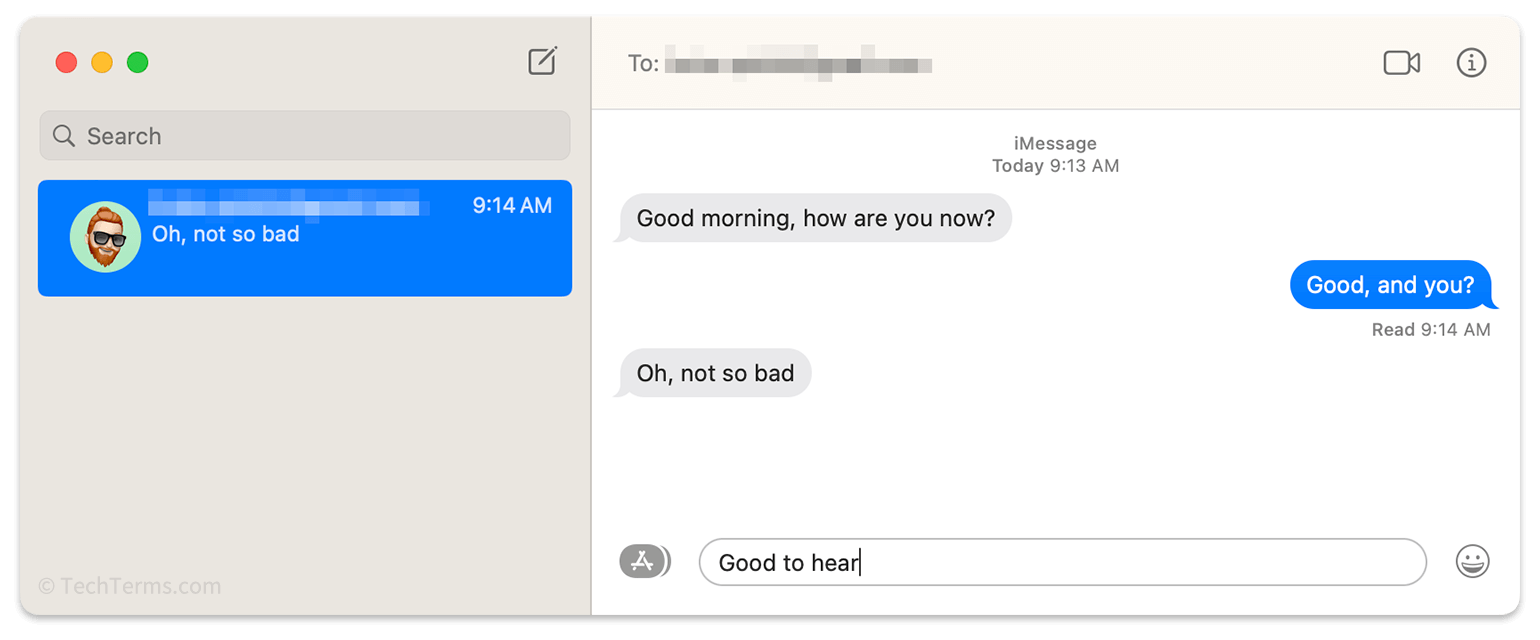IM
Stands for "Instant Message."
Instant messaging is a form of real-time text chat between two or more people over the Internet. It is similar to SMS text messaging but operates over any internet connection instead of relying strictly on a mobile phone network. IM conversations occur in real-time, allowing users of the same messaging service to engage in conversation by typing out and exchanging messages. Users can also engage in multiple conversations at once in separate threads.
Instant messaging has caught on due to its convenience and speed, letting people communicate faster than email and less intrusively than a voice or video call. Many instant messaging platforms are available, but most are incompatible with each other and can only send messages to their own users. Instant messaging platforms include additional features beyond simply sending messages back and forth — many allow you to see whether a user is online and if they are currently typing a message. Many also allow you to send images and video, exchange files, or begin a quick VoIP or video call. Most provide encryption to keep conversations private, with some offering secure end-to-end encryption.

Early instant messaging predates the Internet and operated over a local connection. The Talk program allowed two users signed into the same Unix server to send messages that would appear on each others' terminals. Instant messaging rapidly gained popularity in the late 1990s as services like AOL Instant Messenger and ICQ allowed people to send instant messages to their friends when they were online. Instant messaging features came to other online services like Gmail and Facebook, letting people instant message their email contacts and social media friends. Mobile-oriented instant messaging apps like WhatsApp and iMessage came to smartphones once they became popular in the 2010s, replacing SMS as the primary text messaging method.
 Test Your Knowledge
Test Your Knowledge